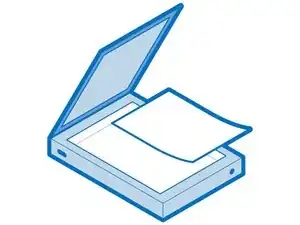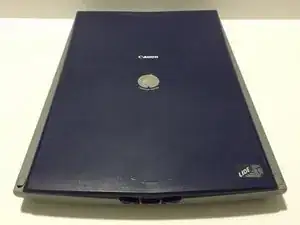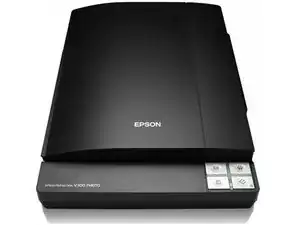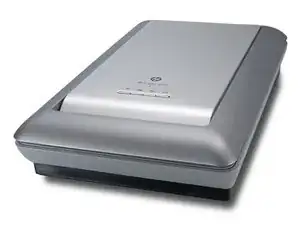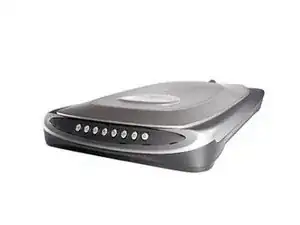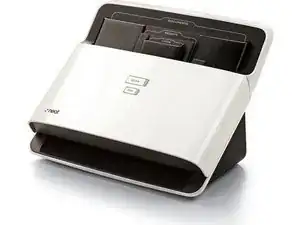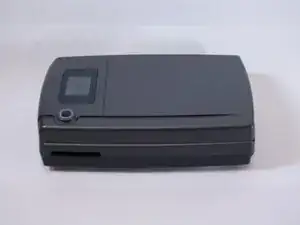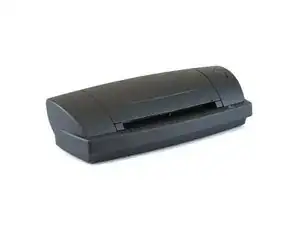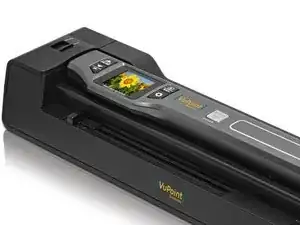Background and Identification
Image scanners (also called scanners) are devices that optically scan images, handwriting, printed text, or objects and convert them into digital images. There are several kinds of scanners, including flatbed scanners, Hand-held scanners, and mechanically driven scanners. Flatbed scanners are often used in offices and include devices where a document is placed on a glass window for scanning. Hand-held scanners are devices that are moved by hand. hand-held scanners began as text scanning “wands” but now include 3D scanners used for applications like gaming, industrial design, test and measurement, and reverse engineering. Mechanically driven scanners are those that move the document while scanning. Mechanically driven scanners are generally used where a flatbed scanner would be impractical, such as with large-format documents.
Modern scanners usually use a charge-coupled device (CCD) or contact image sensor (CIS) as an image sensor. Drum scanners are generally used to accomplish the highest possible image quality and use photomultiplier tubes (PMT) as an image sensor. These scanners produce two-dimensional images of objects and documents that are usually flat but can sometimes be three-dimensional. 3D scanners, on the other hand, are capable of scanning and producing information on the structure of three-dimensional objects.
Modern scanners are considered to be the successors of fax input and telephotography devices, which were first practically used in the 1960s.
